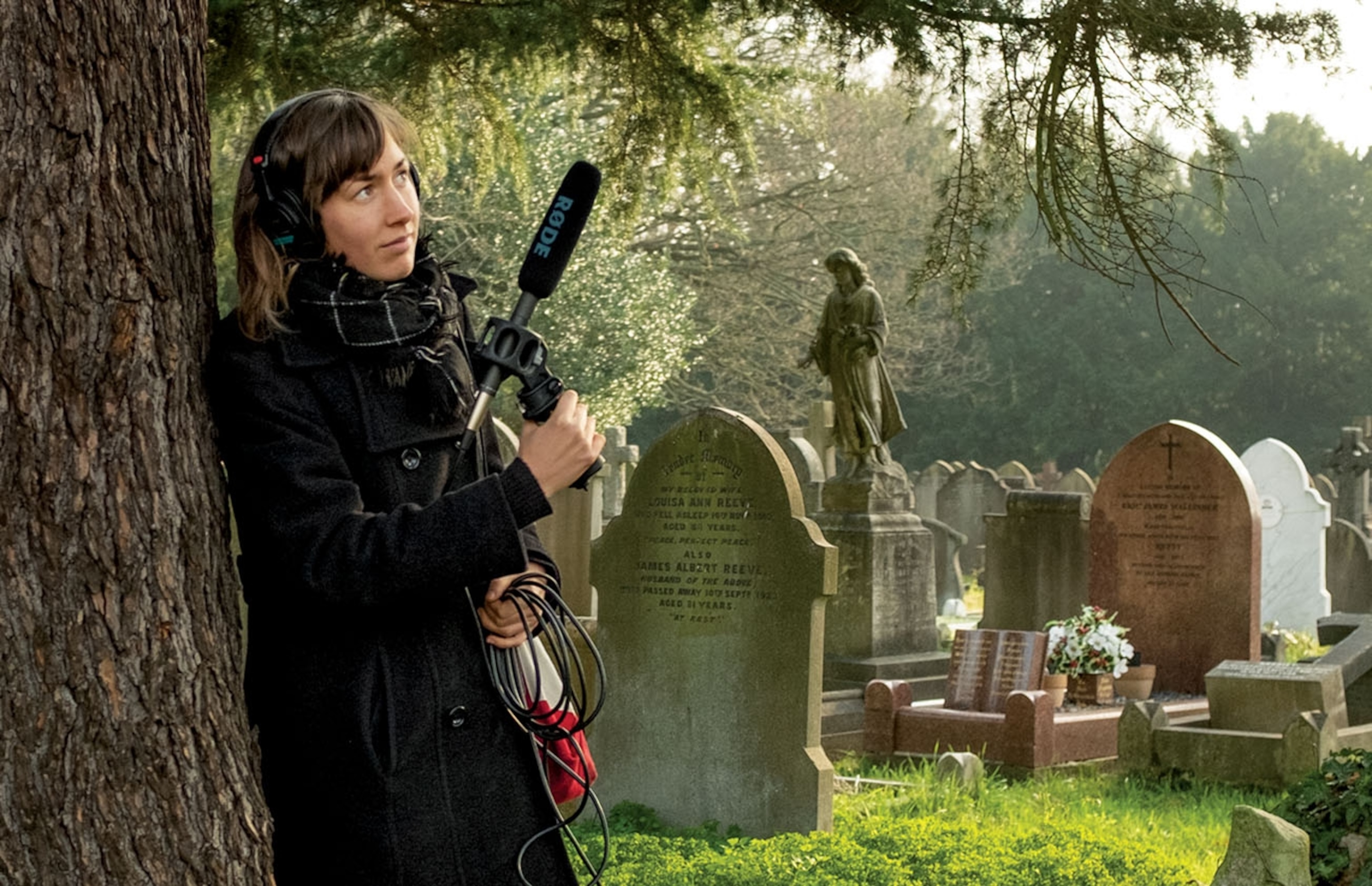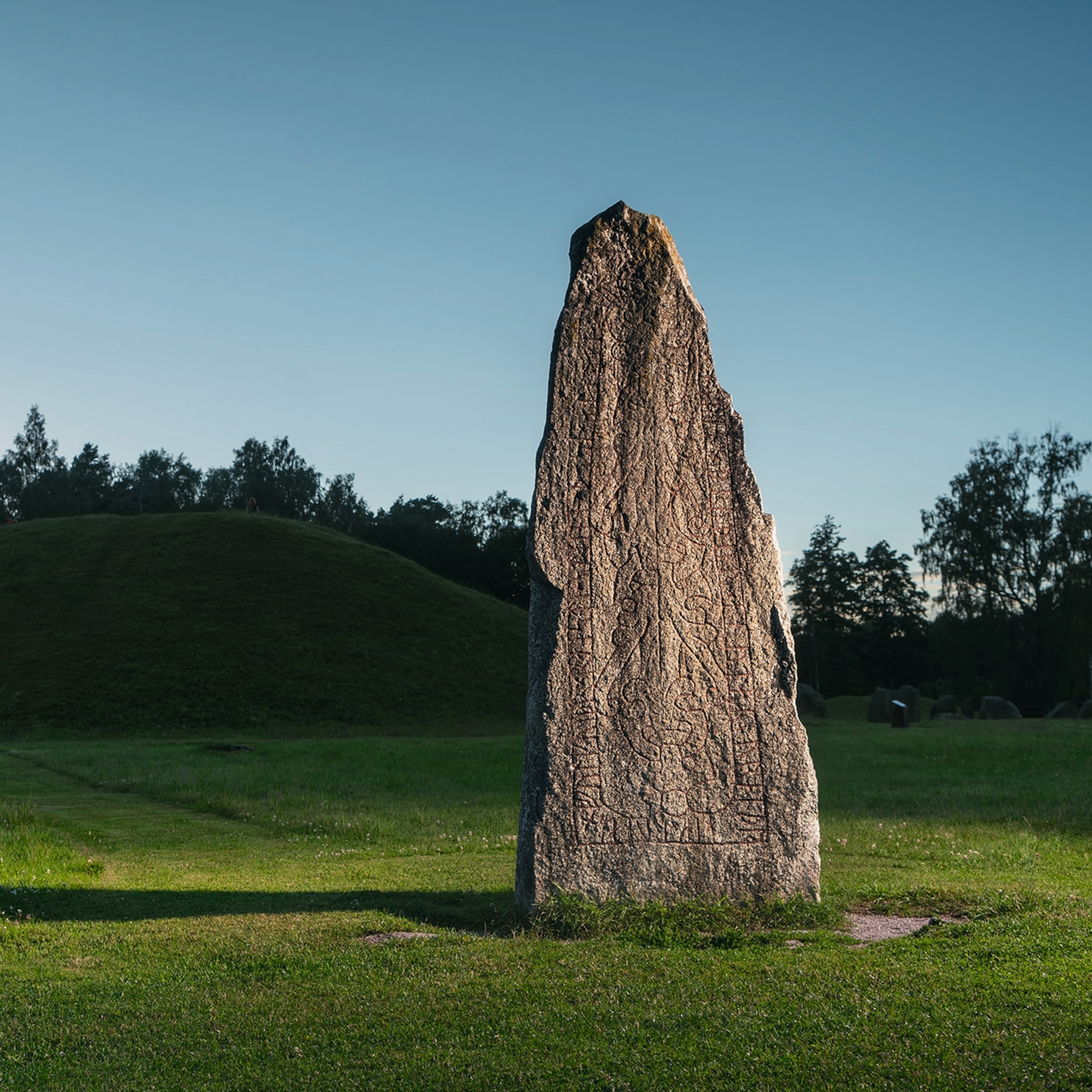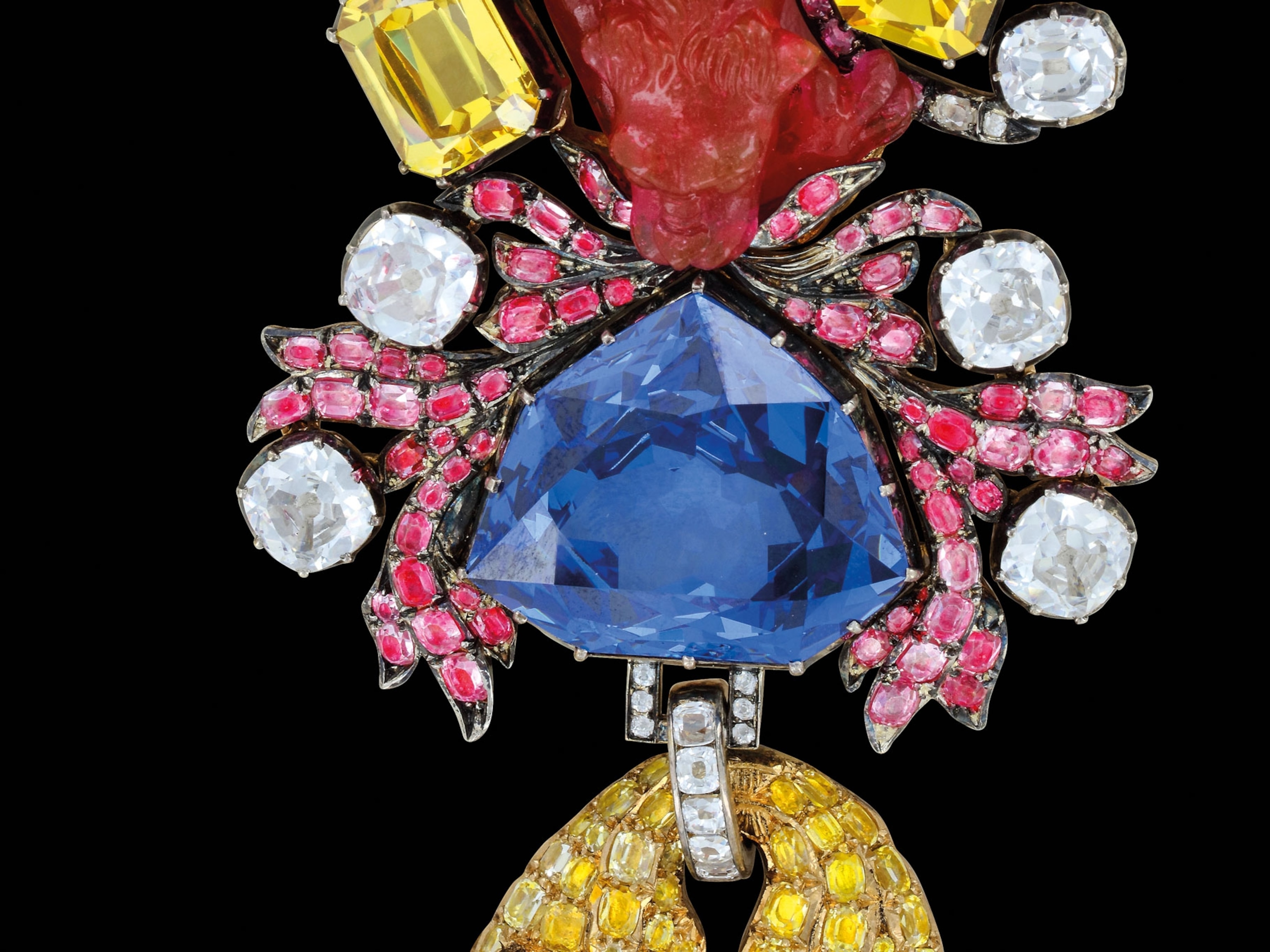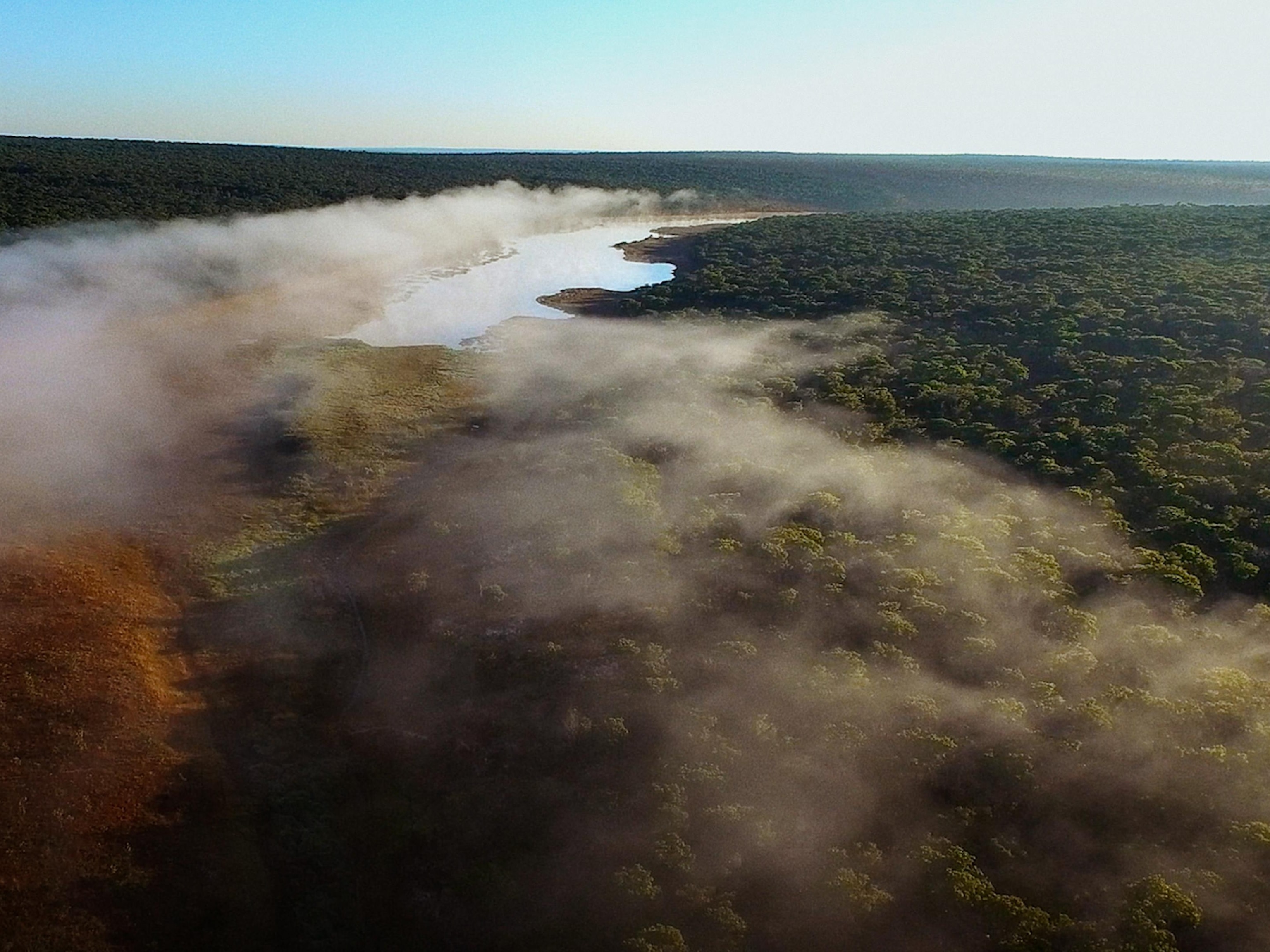
From diamonds to rockets, mourning the dead has gotten high-tech
In the 21st century, people have a widening range of options for preserving loved ones’ ashes.
Throughout history, people have devised elaborate ways to memorialize the dead: the pyramids of Egypt, Europe’s Gothic mausoleums, the Taj Mahal in India. What some mourners consider meaningful, others would call macabre. In 19th-century Europe and America, “death photography” produced portraits of the departed in lifelike poses; in the Tibetan Buddhist rite known as sky burial or bya gtor (alms for the birds), earthly remains are set out to feed vultures.
Notions about honoring the dead are shaped by many factors—culture, tradition, geography, religion. But the notion is one thing, and the execution is another. In every era, it’s the available technology that determines our range of memorial options.
The intersections of death and technology have long been busy crossroads. In these early years of the 21st century, they’re getting really interesting. Because I write about science and technology for a living, I’ve lingered at these intersections, observing the innovations: digital memorials on social media, eco-friendly green burial options, even interactive tombstones.
Among the tech-savvy options for modern decedents, one stands out because it’s so genuinely weird. Thanks to startling advances in industrial engineering, we can now synthetically re-create colossal geological forces to shape our ultimate destiny on this planet. It’s gratuitous and extreme and wonderful: We can turn our mortal remains into diamonds. Real diamonds.
Using high-tech machines, engineers can transform the carbon from human ashes into diamond gems that are physically and chemically identical to natural diamonds.
Several companies worldwide now offer services to families that have the notion, and the resources, to memorialize their loved ones in arguably the most permanent way possible. The Swiss company Algordanza is one of them.
Using high-tech heavy-industry machines, engineers can transform the carbon from human ashes into diamond gems that are physically and chemically identical to natural diamonds. The geologic process that otherwise takes hundreds of millions of years can now be managed in weeks.
It works like this: After the cremation, the bereaved family ships one pound of ashes to Algordanza’s laboratory in Switzerland. Scientists process the ashes to extract the pure carbon elements and remove other impurities. (The remaining ashes are shipped back.) From there, Algordanza uses the same tools Mother Nature uses to make diamonds: heat and pressure.
In the next step, the carbon ashes are converted into graphite, a stable allotrope of carbon in which the atoms are packed into tight, flat sheets. Then the carbon settles down for a long bake inside Algordanza’s high-pressure, high-temperature (HPHT) machines. Temperatures rise as high as about 2,400 degrees Fahrenheit. For comparison, consider that cast iron melts at about 2,200 degrees Fahrenheit.
Then there’s the pressure. Within the HPHT machine, a system of cubic presses exerts a force of 870,000 pounds per square inch on the graphite, gradually changing the molecular structure and transforming the carbon into pure diamond.
To be clear, these diamonds aren’t just similar to a natural diamond; they are identical down to the atomic level. The gem that emerges can be kept in its rough state or cut and polished by Algordanza’s specialists.
The entire operation—from initial receipt of ashes to final delivery of the diamond—typically takes five to eight months. The company processes approximately 1,000 memorial diamonds a year and has representatives in 34 countries.
Algordanza offers packages with prices starting at about $3,000, says Christina Martoia, its U.S. representative. About that pricing—perhaps it’s impolite to ask, but we all want to know, right?
“The largest Algordanza memorial diamond produced to date was a 1.76-carat brilliant cut,” Martoia says. “The price was $38,000.”
While the hard science of memorial diamonds is fascinating—a billion years in a matter of weeks!—the price may be out of reach for us budget-minded afterlife planners. Death is already mandatory and largely unpleasant. Does it have to be expensive too?
Happily, another company has stepped into this odd little marketplace. Headquartered in Barcelona, the Spanish start-up Bios Urn offers a much more affordable high-tech memorial option.
By way of a smartphone app and a kind of interactive funeral urn, the Bios system lets grieving families turn their departed loved one into an indoor tree for their home. A capsule of cremains is bedded in a large pot, in which a seedling is planted. As the seedling grows, it sends roots into the cremains, and the Bios Incube automatically waters and cares for the memorial sapling. Built-in sensors monitor temperature, humidity, and soil conditions. Information beamed to the smartphone allows the family to nurture the sapling as it grows into a tree.
The company offers two versions. One provides the basic biodegradable urn and planter for $145. The more expensive version, incorporating the sensors and the app, is around $700. I could swing that, and I kind of like the idea of making my kids take care of me through my oaken golden years.
Will bytes replace gravestones?

Katie Thornton has been thinking quite a bit about death. For the past few years, the cemetery historian has examined epitaphs and researched the “residents” buried at Lakewood Cemetery in her hometown of Minneapolis, with the goal of preserving stories for posterity. “A lot is at stake right now,” says the Fulbright-National Geographic digital storytelling fellow. Around the world, people are questioning whether cemeteries are a sustainable use of scarce land. “Without planning, the stories buried at cemeteries could be lost forever,” Thornton says—but technology may offer a solution. Thornton is launching a podcast, Death in the Digital Age, to explore how global urbanization and the rise of digital documentation are changing conventions for memorializing the dead, especially in England and Singapore. Thornton discusses her work on National Geographic’s Open Explorer platform. —Annie Roth
Candi K. Cann is one of the world’s leading experts on modern mourning. She teaches comparative religion at Baylor University in Texas and is the author of the book Virtual Afterlives: Grieving the Dead in the Twenty-First Century. She says that as a mourning custom, memorial diamonds and smart urns are really just modern iterations of much older cultural traditions. Both are associated with the psychological concept of continuing bonds.
The idea is that keeping the decedent in one’s life, in some form, is healthier than the detachment of, for instance, putting Dad six feet under. The diamond or the urn reflects “the need for continued rituals that incorporate and acknowledge the role of the loss of the deceased person,” Cann says. “It allows the living to grieve without being forced to ‘move on’ or forget the dead.”
If you’re interested in going down this particular rabbit hole, Cann suggests looking into the strange beauty of Victorian mourning jewelry. “The bereaved would take a lock of the decedent’s hair and turn it into wearable and functional jewelry,” she says. “Often the hair was woven into an intricate design and turned into a ring, a brooch, or a pin. Only the bereaved knew the origins of the hair.”
Cann says such jewelry is meant to serve the same function as today’s diamond or interactive urn—or yesteryear’s death photography, for that matter. It’s about people turning to the technology of their era to navigate death and dying. The Romans did it. The Persians did it. The Maya did it. We’re doing it with delicate microchips and massive machines. The technologies change, but the basic human experience remains.
Since I have some time (I hope), I plan to postpone any decisions until I’ve surveyed all my 21st-century options. Right now I’m leaning toward the tree. It’s more cheerful, and I’ve always admired the sedentary style of flora as a lifestyle choice.
Besides, that diamond thing seems like a lot of pressure.








